 |
 |
 |
 |
 |
|
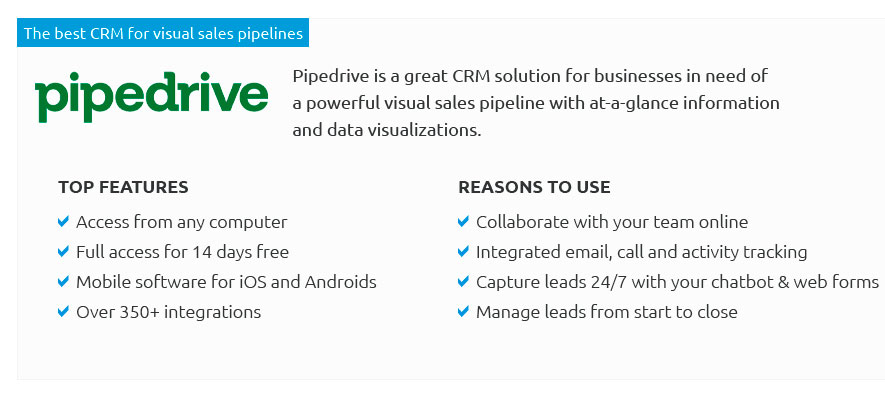 |
|
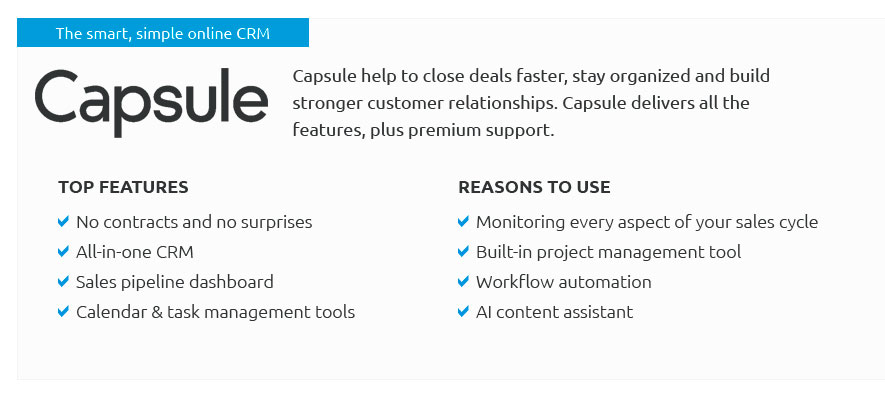 |
|
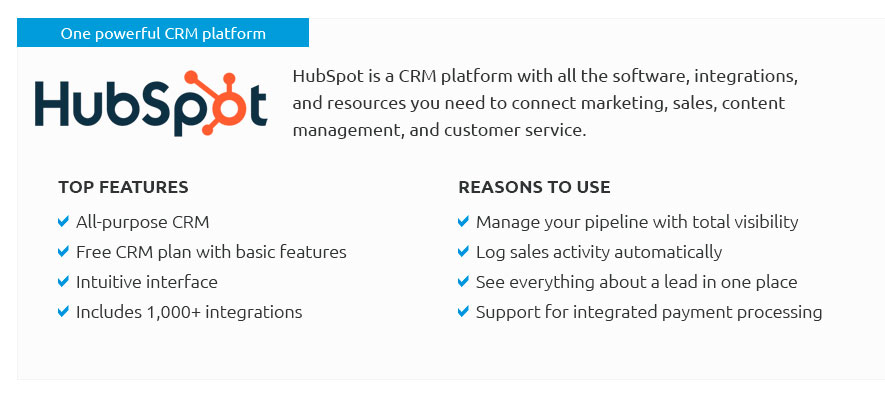 |
|
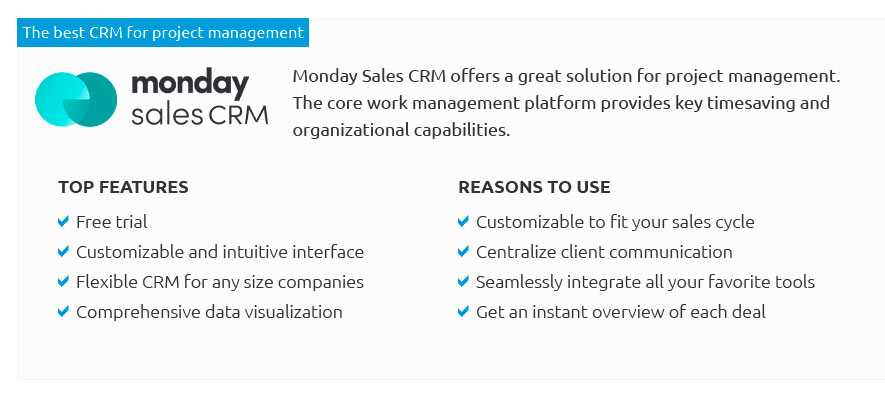 |
|
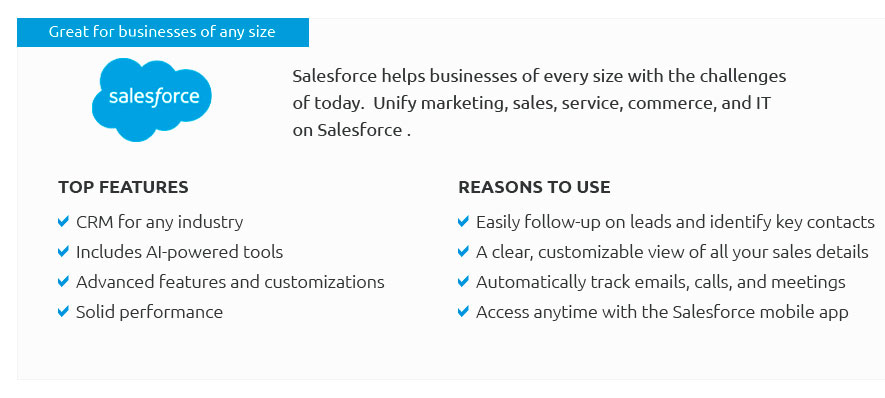 |
|
 |
 |
|
6feo7b638 Unlock the full potential of your business with our comprehensive CRM software review, where we spotlight the best CRM platforms that redefine efficiency and drive success; featuring an intuitive KPI dashboard, these platforms empower you to seamlessly track performance metrics, streamline customer interactions, and make data-driven decisions with unmatched precision-experience the future of customer relationship management today, where innovation meets impact, and elevate your business to new heights.
https://powerbi.microsoft.com/en-us/kpi-dashboards/
KPI dashboards are tools that unite data sources and provide at-a-glance visual feedback showing how your business is performing against your key performance ... https://www.simplekpi.com/Blog/KPI-Dashboards-a-comprehensive-guide
A KPI Dashboard is a graphical representation of Key Performance Indicators (KPIs), metrics, and measures used to monitor performance. https://www.yellowfinbi.com/blog/what-is-kpi-dashboard-top-benefits-best-practice-examples
KPI dashboards are visual tools that indicate your key performance indicators using charts and graphs. It shows you how your company is doing in a quick and ...
|